Social media marketing is a dynamic strategy for elevating brand visibility, connecting with audiences, and driving business growth. CONDUCT.EDU.VN offers comprehensive guidance on leveraging various platforms and techniques to achieve marketing objectives. With the right approach, businesses can utilize social networking to cultivate brand loyalty, improve customer engagement, and increase conversions, turning online interactions into tangible business outcomes.
Table of Contents
1. Understanding Social Media Marketing
Social media marketing involves creating and sharing content on social media platforms to promote products or services, engage with a target audience, and increase website traffic. It’s a multifaceted discipline that requires understanding different platforms, content types, and audience preferences. Given the ever-changing landscape of social platforms, effective social media marketing is constantly evolving.
Social media marketing is a powerful tool, but its effectiveness depends on selecting the platforms where your target audience is most active. Each social network has its own unique demographic and content style, requiring a tailored approach.
2. Key Benefits of Social Media Marketing
Many compelling reasons exist for businesses to embrace social media marketing. Social media’s benefits include increased brand exposure, improved website traffic, lead generation, development of loyal fans, and sales growth.
According to a recent Social Media Marketing Industry Report, these are some of the significant advantages experienced by marketers:
- Increased Exposure: 83% of marketers reported increased exposure for their business through social media.
- Improved Traffic: 73% of marketers saw an increase in website traffic.
- Generated Leads: 65% of marketers successfully generated leads.
- Developed Loyal Fans: 62% of marketers cultivated a loyal fan base.
- Increased Sales: 52% of marketers experienced a boost in sales.
Image showing various icons representing benefits like increased exposure, traffic, leads, fans, and sales related to social media marketing.
2.1. Enhancing Brand Awareness
Social media offers unparalleled opportunities to boost brand awareness. The vast number of users across various platforms means your brand can reach a significantly wider audience. Social media’s ability to drive engagement through likes, shares, and comments can help extend the reach of your content and presence. A well-crafted social media strategy can also drive traffic directly to your site by including links in your profiles, bios, and posts.
2.2. Driving Lead Generation and Conversions
Social media platforms are excellent channels for lead generation and conversions. Promoting products and services and sharing valuable content that addresses audience pain points can help drive sales.
Here are some ways social media can be used to boost lead generation:
- Run Contests: Organize contests on your social media profiles to attract visitors and followers.
- Include Website Links: Add links to your website and specific offers in your profile bio.
- Host Live Videos: Announce new products and share company updates via live videos.
- Implement Marketing Campaigns: Run targeted social media marketing campaigns to drive engagement.
- Direct Sales: Use features like Facebook Shop and Instagram Shopping to sell products directly. These features allow customers to view product details and complete purchases within the app.
2.3. Building Customer Relationships
Engaging with followers on social media can create long-lasting relationships with your business. It’s crucial to interact with followers, respond to questions and comments, and provide assistance when needed. Asking questions about products or services and hosting giveaways for those who share their thoughts shows that you value customer feedback and support.
2.4. Analyzing Competitors’ Strategies
Social media enables you to monitor what works and what doesn’t for your competitors. Observing audience responses to their tactics, products, and interactions can inform your own strategy.
For example, if a competitor’s campaign receives negative feedback for being insensitive, you can learn from their mistake and avoid similar approaches. This type of insight is invaluable for refining your own social media efforts.
Pro Tip: Conducting a thorough competitive analysis can give you the edge you need to outperform your competition. You can also learn from competitors by monitoring customer reviews to discover what customers appreciate or dislike about them. This will help you solve problems and incorporate the insights in your strategy.
3. Creating a Successful Social Media Marketing Strategy
While social media is constantly changing, core steps remain crucial for success. These steps mirror those taken to create a broader marketing strategy, tailored for social platforms. The most important step in this phase is to define a target audience to ensure campaign performance on social media platforms.
Here are the recommended steps for creating a successful social media marketing strategy:
| Step | Description |
|---|---|
| Set Clear Goals | Define your social media goals in alignment with overall business objectives. Decide whether you want to increase brand awareness, drive website traffic, generate leads, improve customer engagement, or boost customer satisfaction. |
| Research Buyer Personas | Determine your target audience’s needs and interests. Knowing your audience helps you tailor content for successful engagement. Use tools like Buyer Persona Templates or the Make My Persona Tool to refine your understanding. |
| Choose Social Platforms | Identify the platforms most used by your target audience. Prioritize those platforms to maximize your reach. Consider platform specializations (e.g., YouTube for video). |
| Establish Metrics and KPIs | Use data-driven metrics that align with your goals. Track reach, clicks, engagement, hashtag performance, and sentiment to assess performance. |
| Analyze Competition | Conduct competitive analysis to understand what competitors are doing well and where they fall short. This will allow you to spot opportunities and improve your own strategy. |
| Craft Engaging Content | Create content that stands out and provides value. Consumers often spend time with visual content, especially videos and infographics. Relatable and funny content will always remain memorable. |
| Organize a Posting Schedule | Use a social media management tool to schedule posts and monitor engagement. Maintain a consistent posting schedule to optimize audience reach and engagement. |
| Review and Adjust Regularly | Social media evolves, so periodically review your strategy. Assess whether you’re making progress toward your goals. Monitor algorithm changes, user behavior, and emerging platforms. |
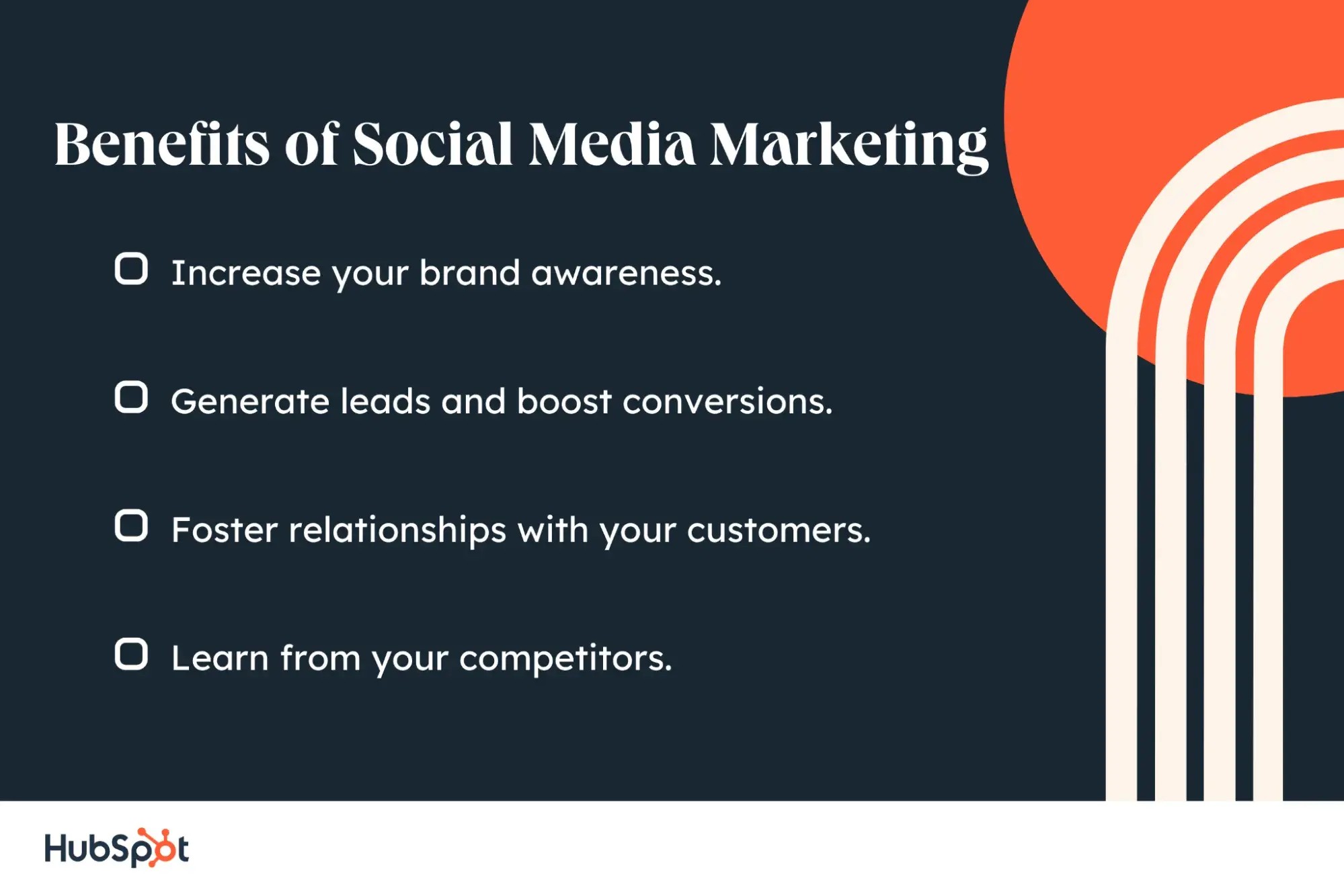
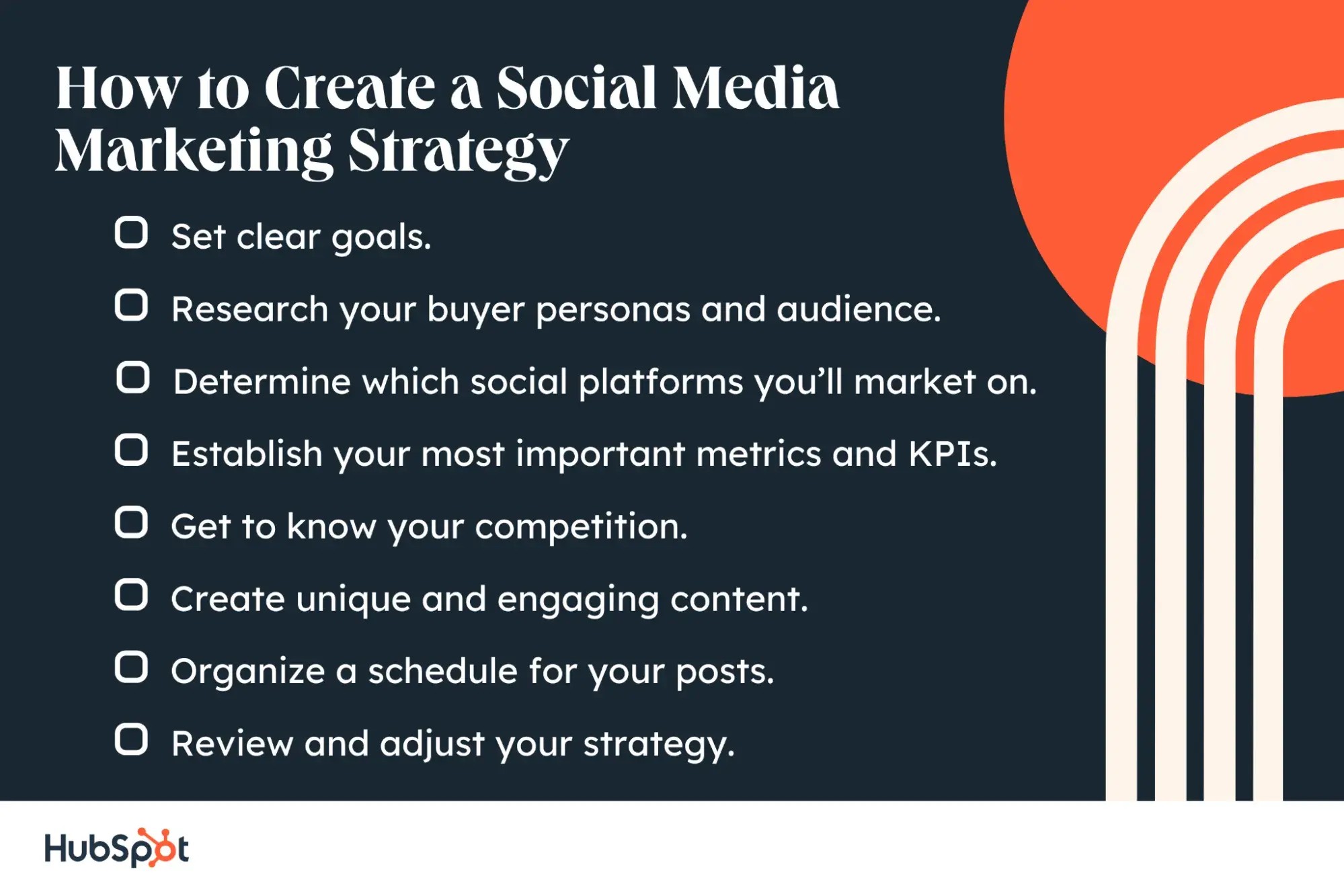
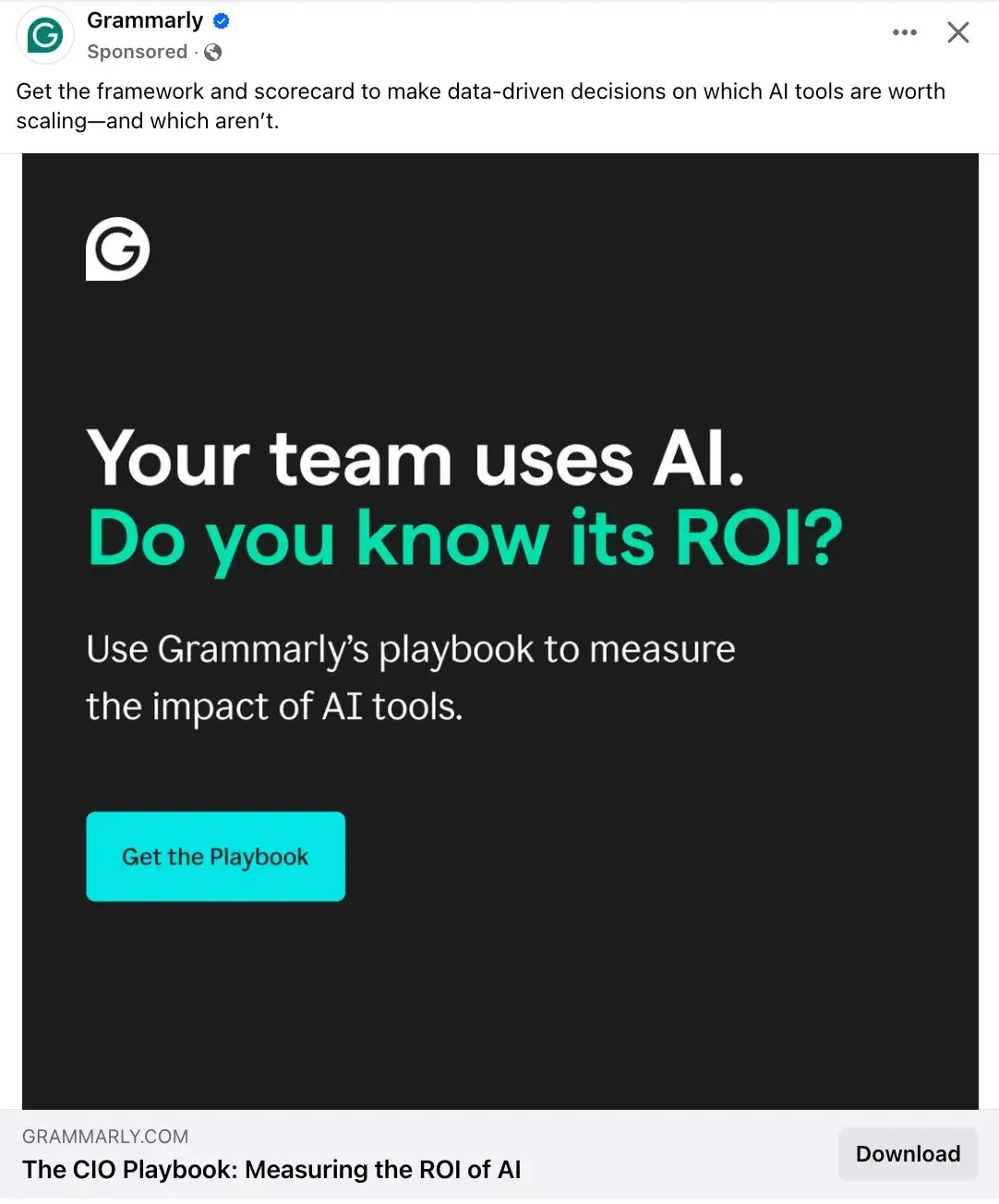
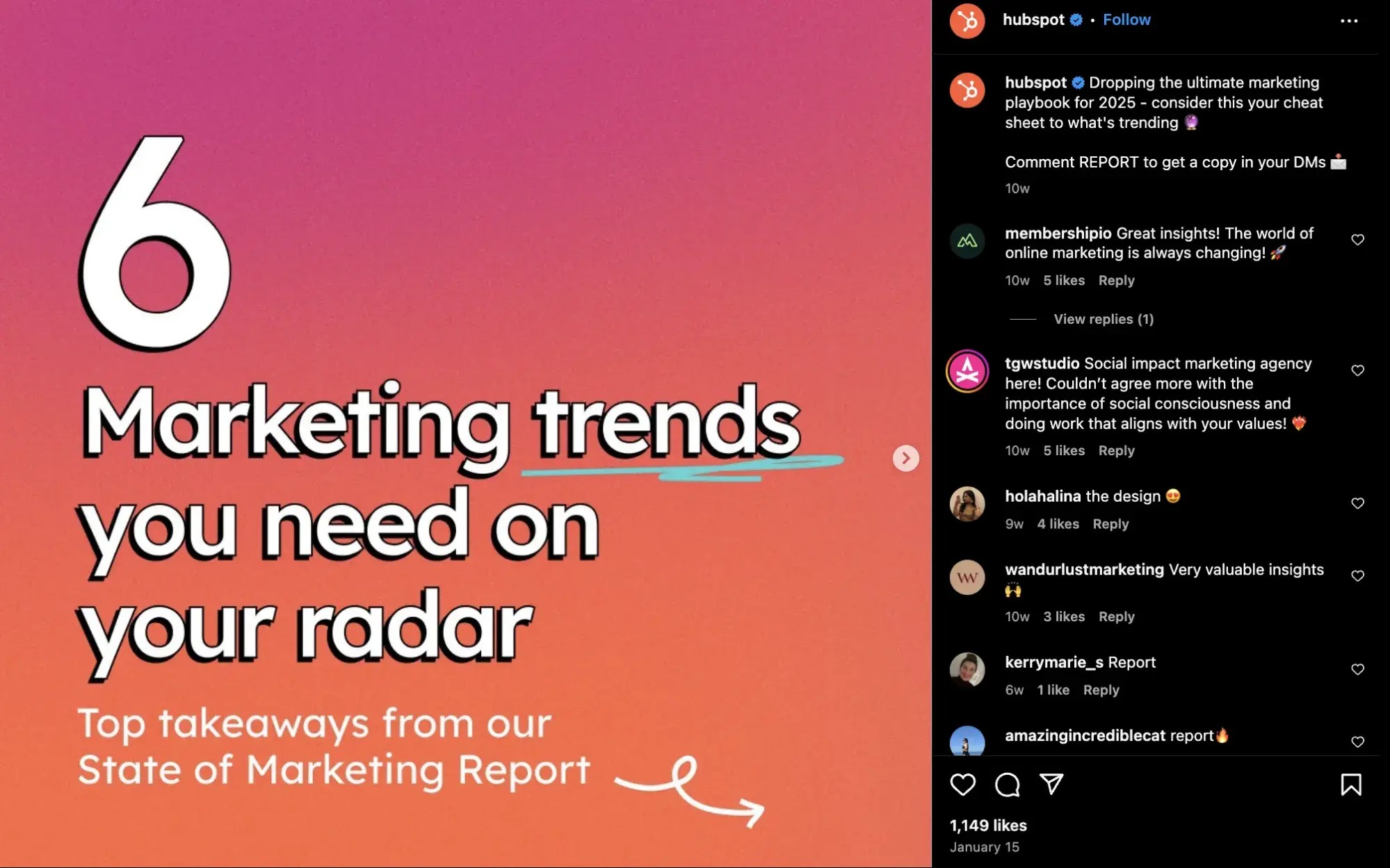
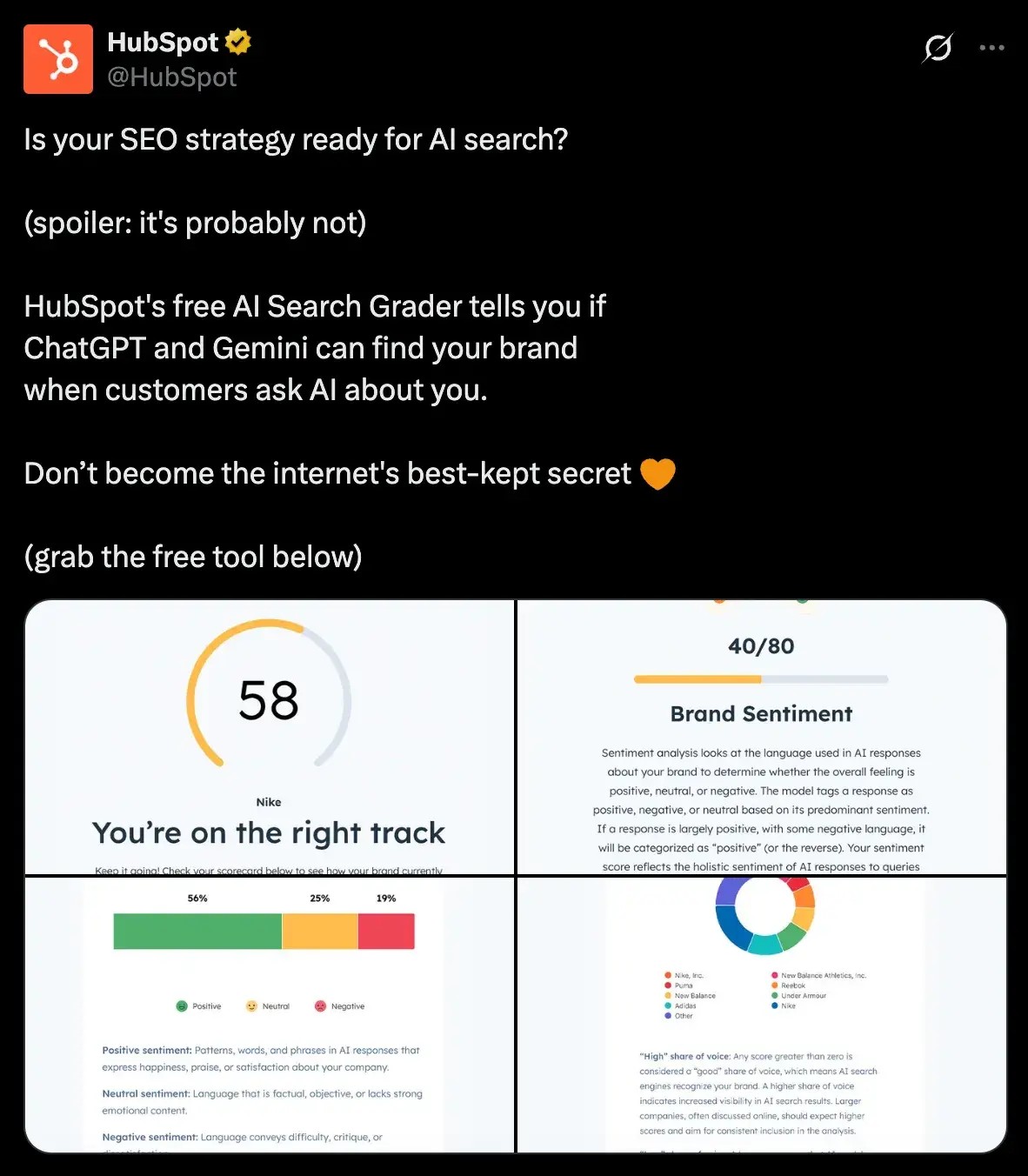
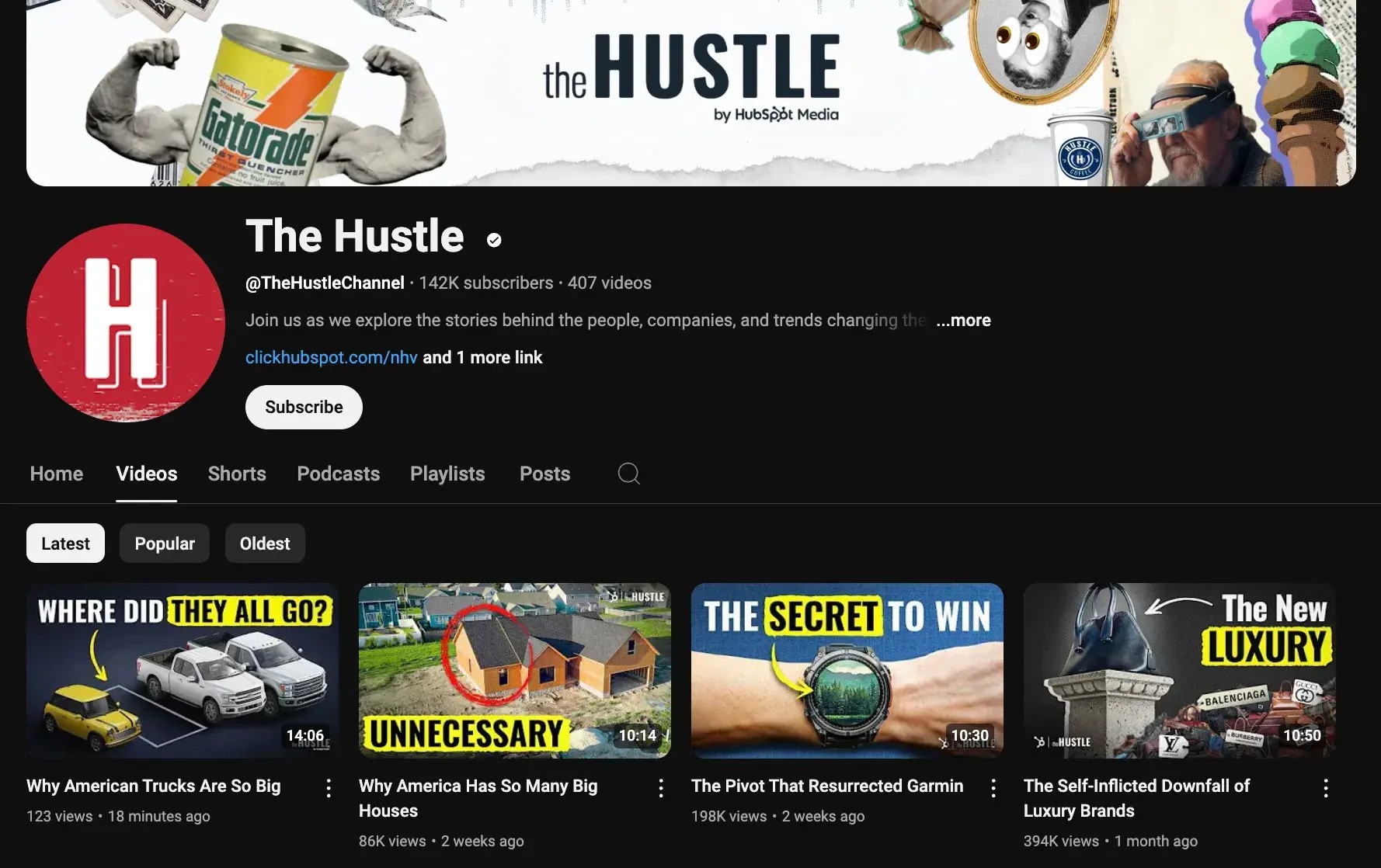
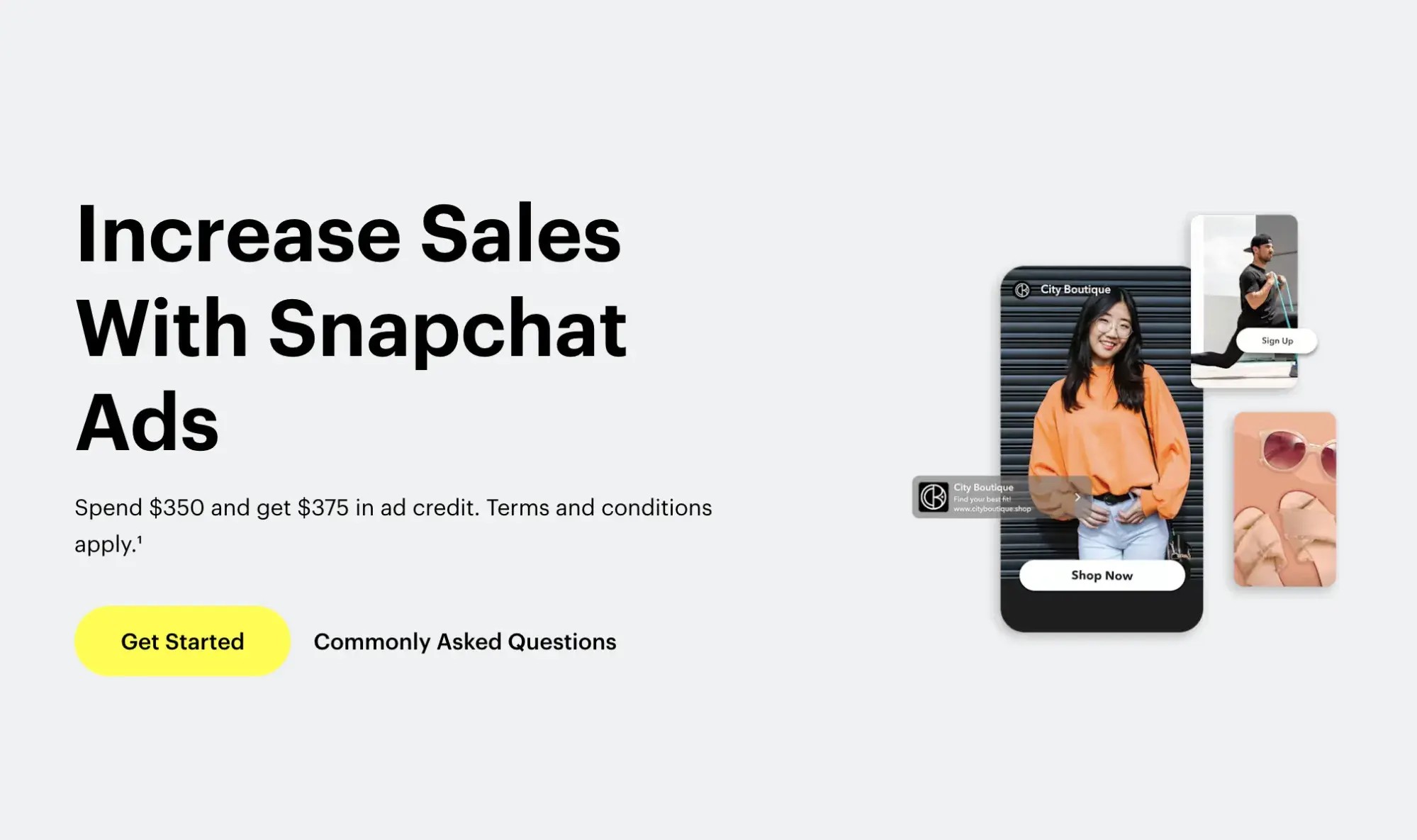
3.1. Setting Clear Goals
Clearly define your social media goals, ensuring they align with overall business objectives. Determine what you aim to achieve: increase brand awareness, drive website traffic, generate leads, boost customer engagement, or improve customer satisfaction. Break down these high-level goals into actionable steps.
For example, to increase website traffic through social media, actionable steps could include increasing posting frequency, optimizing content for sharing, and running targeted ad campaigns.
3.2. Researching Buyer Personas and Audience
Determine your buyer personas and target audience to tailor content to their needs and interests. Understanding your audience enables you to create content that engages them and drives the desired responses. If you sell trendy leggings and joggers, your target audience might be millennials who enjoy stylish athletic apparel.
Gathering feedback from followers can provide valuable insights into their preferences, pain points, and satisfaction levels. Use this data to refine your buyer personas.
3.3. Determining Social Platforms
Identify the social media platforms where your target audience is most active. Consider their behaviors and where they spend their time online. For example, if your primary audience is Gen Z, focus on TikTok. If you’re targeting athleisure-loving millennials, Instagram may be more effective. Prioritize platforms where you can create content that aligns with their needs.
It’s important to have a presence on multiple platforms and to experiment with emerging ones. This diversifies your strategy and helps you interact with unique audiences.
3.4. Establishing Key Metrics and KPIs
Adopt a data-driven approach by focusing on metrics that align with your goals. These include:
- Reach: Number of unique users who saw your post.
- Clicks: Number of clicks on your content or account.
- Engagement: Total social interactions divided by impressions.
- Hashtag Performance: Most used and associated hashtags.
- Organic and Paid Likes: Interactions attributed to paid or organic content.
- Sentiment: How users react to your content, brand, or hashtag.
3.5. Analyzing the Competition
Whether you’re new to social media or an experienced marketer, understanding your industry’s current state is crucial. Conduct a competitive analysis to identify competitors, understand their strategies, and spot opportunities. You can learn from their successes and failures, and also identify underserved audiences.
3.6. Creating Unique and Engaging Content
Make your content stand out. Ensure it provides viewers with a reason to click the “Follow” button and engage with your brand. Engaging content will keep your audience’s attention and will have the algorithm favor your brand over others.
3.7. Organizing a Posting Schedule
Use a social media management solution to schedule posts and ensure content is shared as planned. This will help with writing captions, preparing visuals, and scheduling posts. These tools can also monitor interactions and engagement.
Tools like HubSpot, Sprout Social, and Hootsuite are easy to use and save time, thus optimizing your social media process.
3.8. Reviewing and Adjusting the Strategy
Social media is dynamic, and regular reviews are essential to ensure your strategy remains effective. Review your strategy periodically (monthly, quarterly, or annually) to determine what’s working, what needs improvement, and what new opportunities to explore.
Assess progress toward your social media goals, compare performance against benchmarks, and identify areas needing improvement. Also, monitor changes in algorithms and user behavior.
Image depicting a flowchart outlining the steps in creating a social media marketing strategy, including setting goals, understanding audience, selecting platforms, and analyzing results.
4. Analyzing Social Media Marketing Impact and Results
Monitoring your social media posts is critical for tracking your social media impact and results. Reviewing and managing your social media metrics helps ensure your efforts help you reach your goals.
4.1. Key Social Media Metrics
Social media metrics are data related to the success of your posts and impact on your audience. These include levels of engagement, likes, follows, shares, and other platform-specific interactions.
Here are key metrics you should monitor and track:
- Engagement: Clicks, comments, likes, and replies on social media posts.
- Reach: Number of people who have seen content associated with your profile.
- Followers: Number of people who follow your profile and see your content regularly.
- Impressions: Number of times a post is seen, regardless of interaction.
- Video Views: Number of views on videos posted on platforms like Facebook, YouTube, and Instagram.
- Profile Visits: Number of people who have visited your profile.
- Mentions and Tags: Instances where someone mentions or tags your brand in their post.
- Reposts: When someone shares your content on their profile.
- Shares: Number of times people share content from your profile with their networks.
Use the same tactics you use to generate leads and boost conversions to influence these metrics.
4.2. Measuring Social Media Metrics
Multiple methods are available for monitoring your social media metrics. Many platforms offer built-in analytics tools, such as Facebook Insights and Twitter Analytics. You might also choose to use an analytics tool like Google Analytics to track both your social media and website metrics.
HubSpot’s marketing analytics software offers a unified overview of all your campaigns, which will help gauge how each channel contributes to your marketing goals. Many social media scheduling solutions also have built-in monitoring and analytics tools.
A useful tracking tool will offer an understanding of the audience response and will identify areas for refinement and engagement.
5. Key Social Media Marketing Platforms
Understanding the strengths of each platform is crucial for an effective social media strategy. Key platforms like Facebook, TikTok, Instagram, X (formerly Twitter), LinkedIn, YouTube, Snapchat, Pinterest, and WhatsApp each offer unique opportunities to connect with diverse audiences.
5.1. Facebook
Image depicting a Grammarly ad on Facebook, highlighting Facebook’s role as a large and established platform for advertising and community building.
- Users: Over 3 billion monthly active users worldwide.
- Audience: Blend of Gen Z and Millennials.
- Industry Impact: B2C
- Best For: Brand awareness, advertising, community building.
Facebook, the largest social media platform, is a valuable tool for B2C businesses, offering advanced advertising tools and organic opportunities.
5.2. TikTok
@duolingoNew footage from the testing floor. #severance #severanceseason2 #severancetheories
- Users: Over 1.5 billion active monthly global users.
- Audience: Gen Z and Millennials.
- Industry Impact: B2C, then B2B.
- Best For: Short-form, creative video content, building brand awareness.
TikTok, the short-form video platform, is a popular choice for community building. Its algorithm is essential for marketers to use.
5.3. Instagram
Image depicting a HubSpot post on Instagram, emphasizing Instagram’s focus on visually compelling content and advanced e-commerce tools.
- Users: 2 billion monthly active users.
- Audience: Gen Z and Millennials.
- Industry Impact: B2C
- Best For: High-quality images and videos, user-generated content, advertising.
Instagram, a visually focused platform, offers brands the space to share compelling content and eCommerce tools.
5.4. X (formerly Twitter)
Image showing a HubSpot post on X, demonstrating the platform’s focus on words and its role in public relations and customer service.
- Users: 611 million monthly active users worldwide.
- Audience: Millennials.
- Industry Impact: B2B and B2C.
- Best For: Public relations, customer service, community building.
X focuses on word content. It includes other features like X Spaces and X Subscriptions.
5.5. LinkedIn
- Users: 770 million active users worldwide.
- Audience: Older Gen Z (24+), Millennials (largest user base), and Gen X.
- Industry Impact: B2B
- Best For: B2B relationships, business development, and social selling.
LinkedIn, a platform for working professionals, is ideal for B2B companies that want to connect with decision makers.
5.6. YouTube
Image showing a YouTube channel, highlighting YouTube’s role as a platform for long-form entertainment, educational content, and SEO.
- Users: Over 2.5 billion monthly active users worldwide.
- Audience: Millennials with a strong audience across demographics.
- Industry Impact: B2C and B2B.
- Best For: Brand awareness, long-form entertainment, SEO, advertising.
YouTube is the second most visited website in the world. The long-form content makes it ideal for sharing educational content.
5.7. Snapchat
Image showing the Snapchat logo, highlighting the platform’s popularity among young adults and its focus on ephemeral content.
- Users: 800 million monthly active users worldwide.
- Audience: Gen Z.
- Industry Impact: B2C
- Best For: Brand awareness, advertising, location-based marketing.
Snapchat introduced content that would expire after 24 hours. It remains popular among young adults.
5.8. Pinterest
- Users: Over 500 million monthly active users worldwide.
- Audience: Millennials and Gen Z.
- Industry Impact: B2C
- Best For: Visual advertising, inspiration.
Pinterest is a visual storyboard that allows users to get inspiration. It can be used as a way for brands to build their narrative through visual stories.
5.9. WhatsApp
- Users: Over 2.5 billion monthly global users.
- Audience: All age groups.
- Industry Impact: B2C and B2B.
- Best For: Brand awareness, customer service, community building.
WhatsApp is a messaging app that businesses use to communicate with their customers, build communities, and engage with prospects.
6. Social Media Marketing Resources
Various resources can help you build a social strategy for your company. These include:
6.1. Social Media Marketing Courses and Training
| Type | Description |
|---|---|
| Company-Administered Certificates | HubSpot offers a free social media certification course. It covers customer engagement, conversion improvement, strategy development, reach extension, and ROI measurement. LinkedIn Learning is another platform to earn certifications and share on your profile. |
| YouTube Tutorials | YouTube offers many long-form videos offering in-depth courses on social media marketing. |
6.2. Social Media Marketing Books
Relevant reading can expand your understanding of social media marketing. Here are some recommended books:
- Likable Social Media, Third Edition: How to Delight Your Customers, Create an Irresistible Brand, and Be Generally Amazing on All Social Networks That Matter by Dave Kerpen: Explains why being likable and engaging with followers grows a customer base.
- Jab, Jab, Jab, Right Hook: How to Tell Your Story in a Noisy Social World by Gary Vaynerchuk: Focuses on posting specific content tailored to your target audience and connecting deeply with followers and customers.
- The B2B Social Media Book: Become a Marketing Superstar by Generating Leads with Blogging, LinkedIn, Twitter, Facebook, Email, and More by Kipp Bodnar: Details the ways B2B businesses can generate more leads and conversions through social media marketing.
7. Emerging Social Media Platforms
Marketers are always looking for new platforms to reach their target audience. Here are some emerging social media platforms:
As these platforms grow, having a plan to reach your target audience is a huge benefit.
8. FAQs About Social Media Marketing
1. What is social media marketing?
Social media marketing is using social media platforms to promote products or services, connect with customers, and achieve business goals.
2. What are the benefits of social media marketing?
Benefits include increased brand awareness, improved website traffic, lead generation, enhanced customer relationships, and competitive analysis.
3. How do I choose the right social media platforms?
Identify where your target audience spends their time and select platforms where you can create content that aligns with their interests.
4. What metrics should I track to measure the success of my social media efforts?
Track reach, clicks, engagement, hashtag performance, organic and paid likes, and sentiment.
5. How often should I post on social media?
Post when you have high-quality content to share and align your schedule with times when you get the most engagement.
6. What are some tools that can help me manage my social media marketing efforts?
Tools include HubSpot, Sprout Social, and Hootsuite.
7. How important is video content in social media marketing?
Video content is highly engaging and memorable, especially short-form video for younger audiences.
8. How can I analyze my competitor’s social media strategy?
Monitor their tactics, audience responses, and customer reviews to identify areas where you can improve your own strategy.
9. What should I do if a social media trend seems insensitive or out of touch?
Learn from the situation and avoid similar approaches in your own campaigns.
10. What is user-generated content, and how can I use it?
User-generated content is content created by your customers or promoters. Encourage them to share their experiences and use a hashtag to collect and repost their content.
9. Start Marketing on Social Media
With billions of people active on social media, businesses can connect with their audience, engage customers, and promote products.
CONDUCT.EDU.VN has provided everything you need to understand social media marketing. The comprehensive guide and free templates can help you get started. To have best results, start with one platform, master it, and then move to the next.
Start working on your social media marketing strategy today to increase awareness, followers, engagement, and conversions.
Want to learn more about how to optimize your social media efforts and ensure ethical conduct in your digital marketing strategies? Contact us at 100 Ethics Plaza, Guideline City, CA 90210, United States. Reach us via Whatsapp at +1 (707) 555-1234, or visit our website at CONDUCT.EDU.VN for more information. Our experts at conduct.edu.vn are here to provide you with detailed guidance and support, ensuring your social media marketing is effective, responsible, and aligned with the highest standards of conduct.
